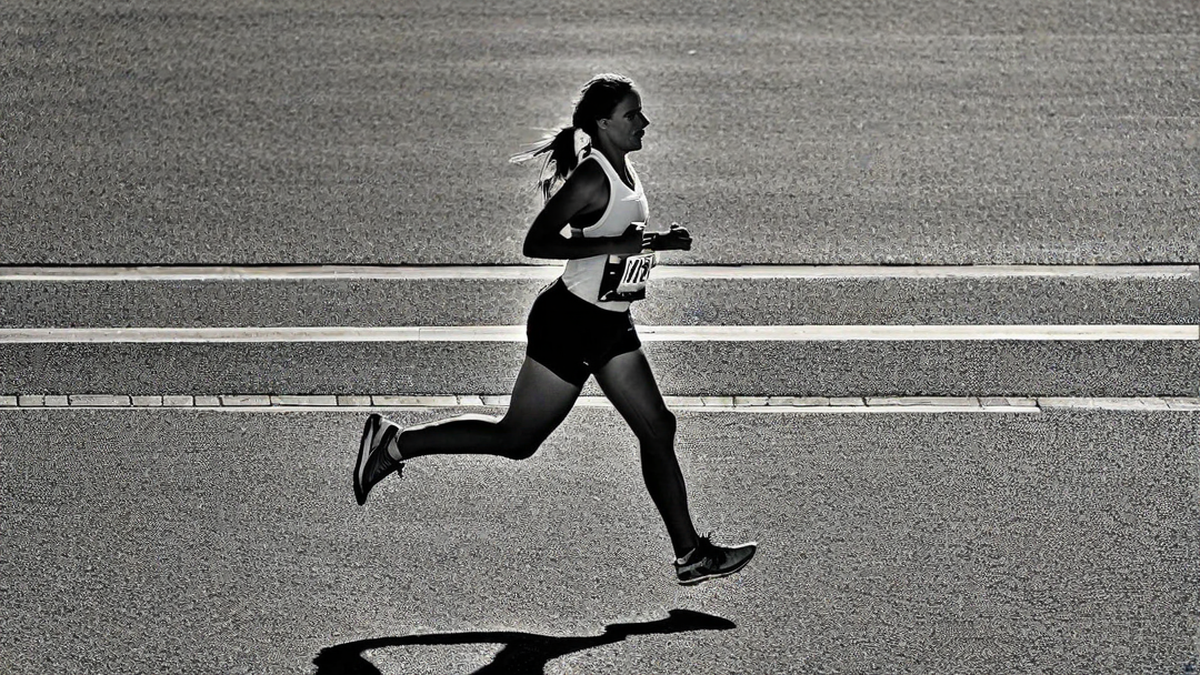As a long-distance runner myself, I’ve often pondered the question: why are marathon runners so skinny? It’s a common observation that many marathon runners have a slender and lean physique, but what exactly is the reason behind it? Throughout my running journey, I’ve come to understand that there are several factors that contribute to the slimness of marathon runners.
The Physiology of Marathon Runners
One of the main reasons marathon runners tend to be skinny is their body’s physiological adaptations to endurance training. When we engage in long-distance running, our bodies undergo various changes to improve efficiency and performance. One critical adaptation is the reduction of excess body weight, primarily through the loss of body fat.
During marathon training, the body relies heavily on stored fat as a fuel source. The prolonged and intense aerobic exercise helps to increase metabolism and burn calories, resulting in a decrease in body fat percentage. This reduction in excess weight allows runners to move more efficiently, decreasing the strain on their joints and improving their overall running economy.
Energy Balance and Caloric Expenditure
Another important aspect to consider is the energy balance of marathon runners. To maintain a healthy body weight, it’s crucial to strike a balance between the calories consumed and the calories burned through exercise. Given the high-intensity nature of marathon training, runners often have a higher caloric expenditure compared to sedentary individuals.
Marathon runners typically consume a nutrient-dense diet rich in carbohydrates, proteins, and healthy fats to support their training and recovery needs. However, due to the significant energy expenditure during long training runs and races, their bodies naturally burn more calories than they consume, leading to weight loss.
Training Intensity and Muscular Adaptations
Marathon training involves a combination of endurance runs, speed workouts, and strength training. These different types of training stimulate various physiological adaptations that contribute to a lean physique.
Endurance runs, which form the foundation of marathon training, help to improve cardiovascular fitness and increase the body’s ability to utilize fat as a fuel source. These long runs, typically done at a slower pace, facilitate fat burning and promote weight loss.
Speed workouts, such as interval training and tempo runs, have a different effect on the body. They increase the metabolic rate and promote lean muscle growth. While marathon runners may not have the same muscle definition as sprinters or weightlifters, they develop a higher muscle-to-fat ratio, contributing to their slender appearance.
Genetics and Individual Variations
While training and lifestyle factors play significant roles in the slimness of marathon runners, it’s important to acknowledge that genetics also play a part. Some individuals naturally have a higher metabolic rate or a predisposition to a lean body type. These genetic factors, combined with dedicated training and proper nutrition, can lead to the slim physique commonly associated with marathon runners.
Conclusion
In conclusion, the slimness of marathon runners is a result of a combination of factors, including physiological adaptations, energy balance, training intensity, and individual genetics. Marathon training leads to a reduction in body fat percentage, increased caloric expenditure, and muscular adaptations that contribute to a lean physique. While not all runners may have the same body type, their training and dedication to their sport undoubtedly shape their physical appearance.

